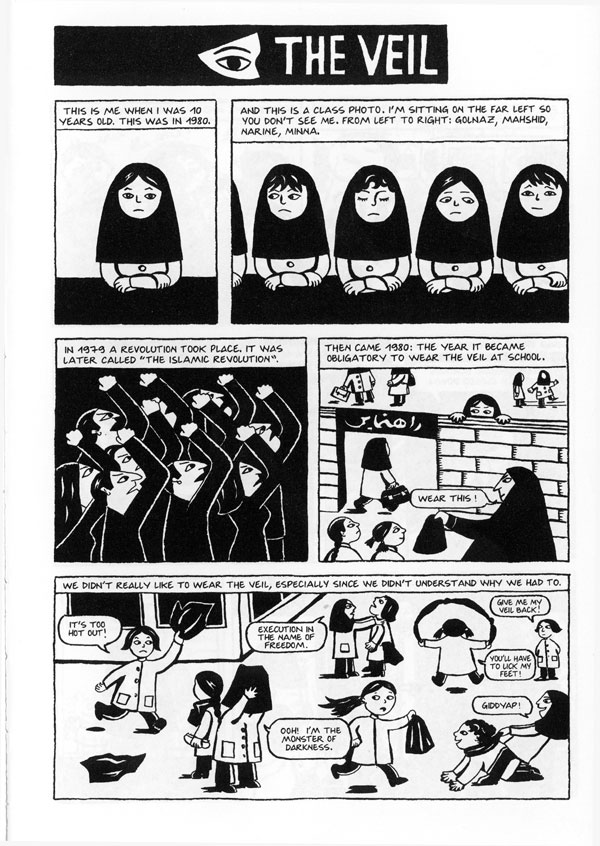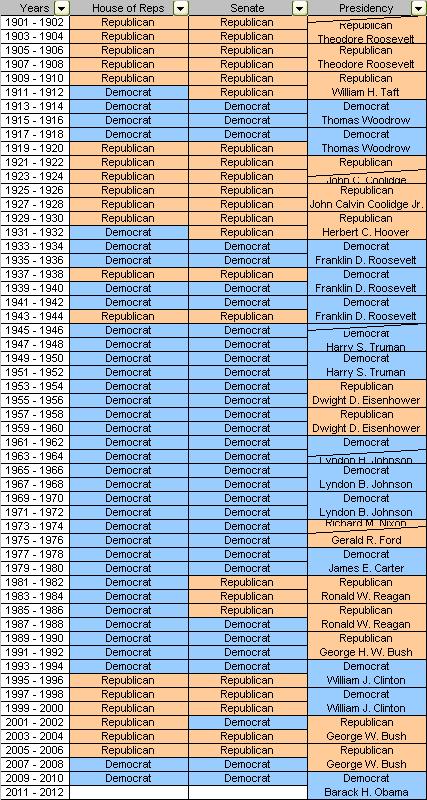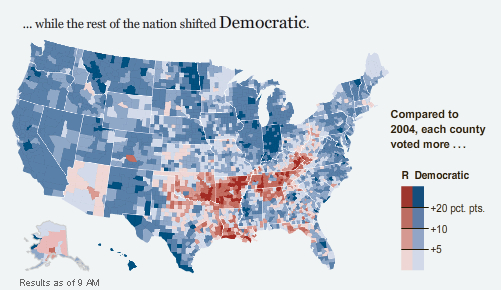There’s an old joke among economists: Two economists are walking along when one of them notices $100 lying on the ground and bends over to pick it up. The other one says: “Don’t bother. If there were really $100 on the ground, someone would already have taken it.” It’s about things like the Efficient Market Hypothesis and the Coase Theorem. In short, that opportunities for arbitrage ought to disappear quite quickly because their existence represents free money. [1]
James Hamilton is wondering if he’s staring at $100 lying on the floor of the US Federal Reserve.
On the 5th of November, the US Fed announced that starting on the 6th, any depository institution (e.g. a regular bank) with reserves at the fed would be paid the Federal Funds Target Rate (which is what gets splashed all over the news) on both required and excess reserves.[2] On the face of it, that would appear to set the target rate as a floor for inter-bank lending. Why would any bank lend money to another bank for less than the target rate and a little bit of risk when they could put the money in their federal reserve account to get the target rate with no risk?
The mystery, then, is why the effective rate (a volume-weighted average of actual lending rates) really is below the target rate:

The latest data at the time of my writing this was for the 7th of November. The effective rate was 0.27% while the target rate was 1.00%.
At first, James thought that the reason must be the 75 basis-point charge made by the Federal Deposit Insurance Corporation (FDIC) for guaranteeing the repayment of any federal funds borrowed, but then he realised that the charge doesn’t apply to any borrowing made before the 13th of November.
So we’re still left with the mystery.
It’s probably got something to do with the non-depository institutions that play in the fed funds market (e.g. the G.S.E.s like Fannie Mae and Freddie Mac). Those institutions don’t receive any interest on cash held at the Federal Reserve, so if they want to make a return on it they need to lend it out. But why aren’t the depository institutions snapping it up? They can borrow from a G.S.E. at 0.27%, put it in their reserve account with the fed and get 1%. Since the FDIC has waived all charges for guaranteeing fed fund borrowing until the 13th of November, it’s also risk-free at no extra cost.
[1] The joke also says something about economists: That we need to make up jokes about other economists is pretty sad. 🙂
[2] Strictly speaking, the rate paid on excess reserves is the minimum target rate over a two-week period, but since it’s (reasonably) safe to assume that the Fed won’t lower rates again in the next week, we can operate as above.
Update: The only idea that I can come up with sounds like a conspiracy theory (and I therefore consider it highly unlikely): that fund managers at the G.S.E.s are not seeking the best rate of return for their cash, but instead voluntarily accepting a return well below the target rate. Since Fannie and Freddie are 79.9% U.S. government-owned now, what are the odds that there is a depository bank out there that is struggling mightily and the government is using its control of the G.S.E.s to give that bank free money?






